Pieces of privilege: the V&A questions the idea and essence of luxury
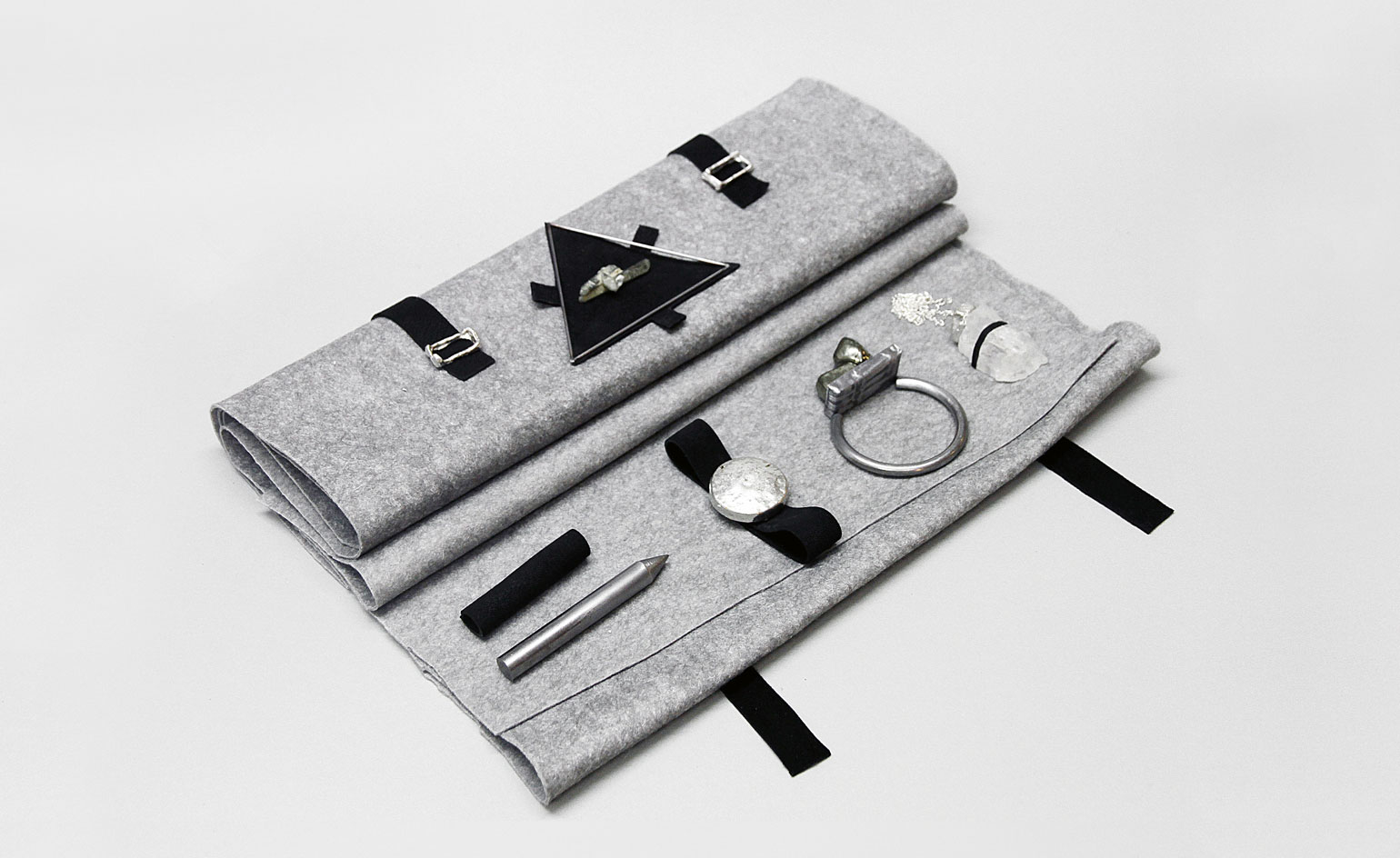
Some people think luxury is the opposite of poverty. It is not. 'It is the opposite of vulgarity,' said Coco Chanel. According to a report by PSFK, luxury is neither of those, but rather 'knowing where your product comes from'. For the ever switched-on entrepreneur, luxury means time; for the terminally ill, it might mean health; for the 21st-century urbanite it could be as simple as an expansive view of nature. Much has been written about how, as the use of the word 'luxury' has become so overused by marketeers, the whole industry has lost its lustre, but is that really true? Or do we just value different things these days?
The V&A's newly-opened 'What is Luxury?' exhibition attempts to answer its own question with a series of interesting examples of contemporary design and exceptional craftsmanship alongside conceptual projects that provoke new ideas of where we might be heading in years to come. From a laser-cut couture dress by Iris van Herpen to a dandelion chandelier by Studio Drift, by way of a DNA vending machine, the exhibition tells stories of what it means for a product to offer privilege.
'What is Luxury?' is the third exhibition in a trio organised by the V&A in collaboration with the Crafts Council, following 'Out of the Ordinary' in 2007 and the fantastically popular 'The Power of Making' in 2011. With these successful precedents, as well as an influential group of commercial power players to satisfy, expectations for the show are high. The approach taken to the subject has cleverly avoided playing to the industry at all, instead taking a more philosophical view. 'Essentially, the question of luxury is a personal one,' says V&A curator of contemporary furniture and co-curator of 'What is Luxury?' Jana Scholze. 'As its title suggests, the exhibition questions the very idea of luxury today. It will challenge common interpretations of luxury, invite close examination of luxury production and extend ideas of what luxury can be.' Present and future ideas of luxury could be determined as much by issues such as privacy, resources and access as by aesthetics, intellect and craftsmanship.
More than 100 objects take visitors on a journey that addresses how luxury is made and understood in a physical, conceptual and cultural capacity.
A central feature of the show is 'Time Elapsed', a large spirograph designed by Philippe Malouin for glassware company Lobmeyr. The piece, which rotates to draw patterns made of sand, comments on the time-intensive process of making fine crystal, making for a hypnotic start to the exhibition.
'Hair Highway' by Studio Swine is a stunning exhibit at the back of the show. For the project, the duo completed a residency in China where they set human hair in resin to create highly decorative pieces of furniture and accessories. Reminiscent of luxury materials such as tortoiseshell, horn and exotic wood, instead these pieces are made of one of the few natural resources that increases proportionally with the world's population.
Also on display is Aram Mooradian's 'A Comprehensive Atlas of Gold Fictions', a piece which questions our relationship with gold - the archetypal luxury material. Everyday objects made from gold mined in Australia, including a headphone jack and a pendant, are engraved with personal local histories giving them new cultural values.
'What Is Luxury?' certainly manages to surprise and delight on several levels. Would Coco have approved? We'll never know. But one thing about this exhibition is noticeable: handbags - Chanel or otherwise - are in (luxuriously) short supply.
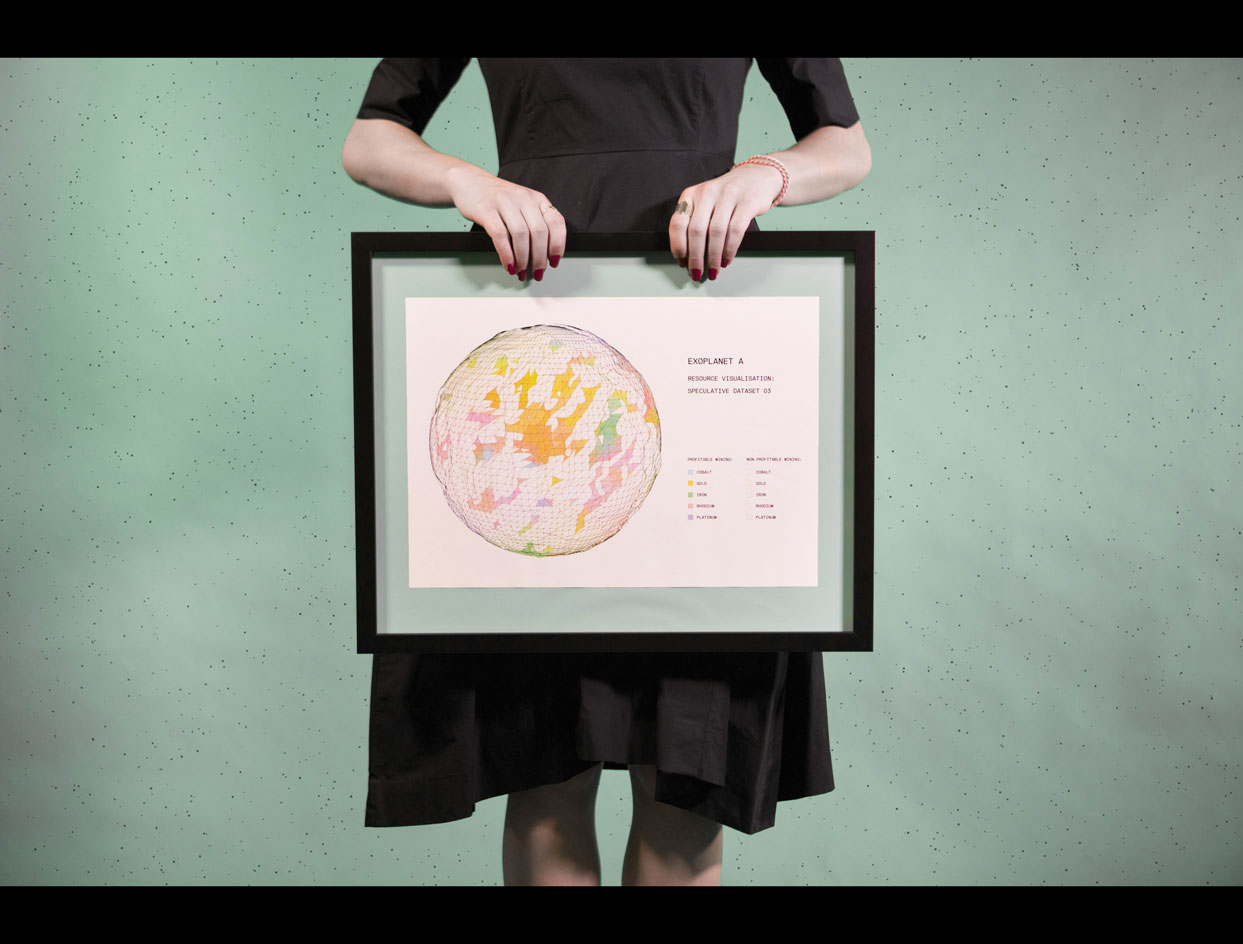
'The Boltham Legacy' by Henrik Nieratschker, 2014.
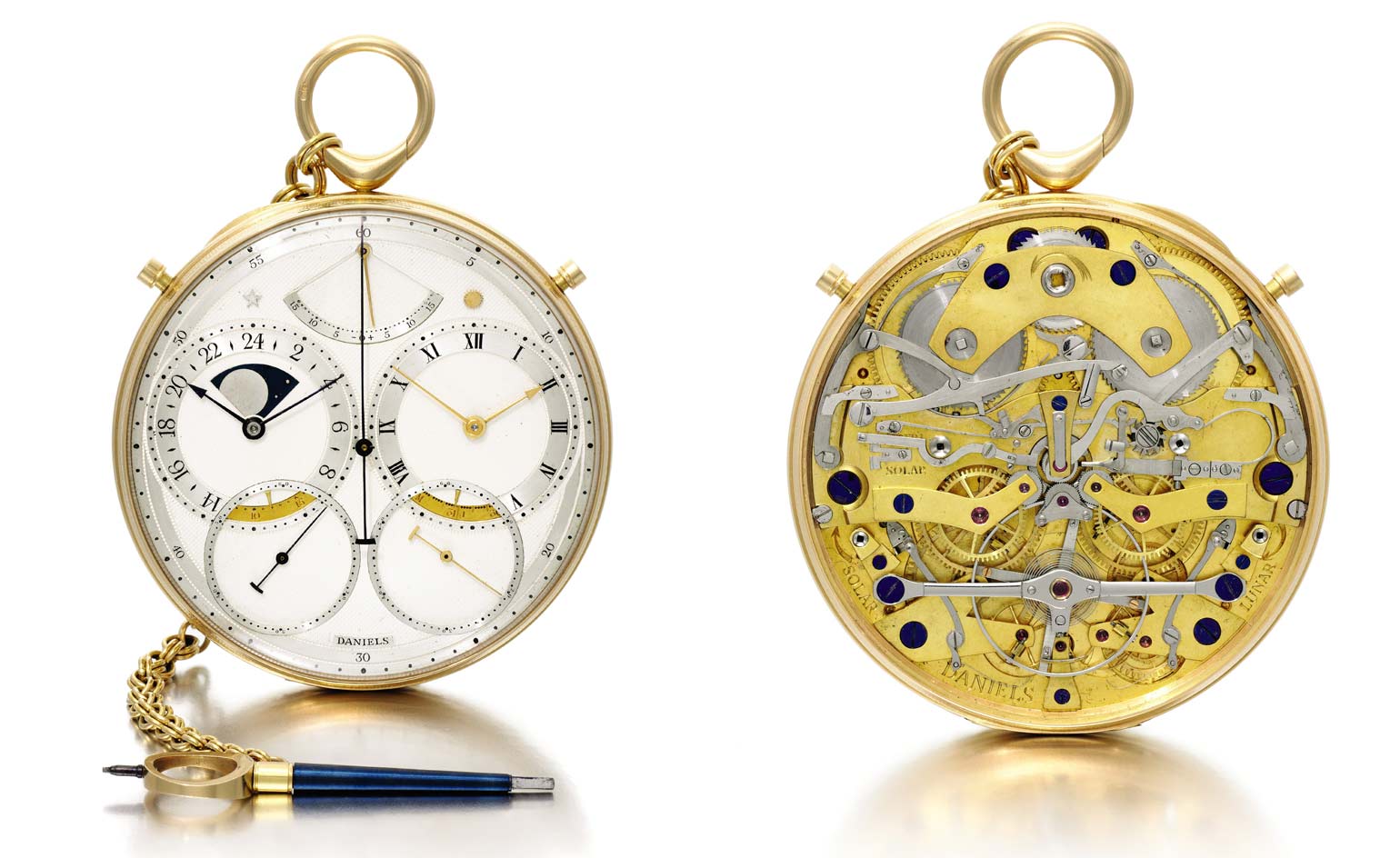
The face and inner workings of George Daniels' 'The Second Space Travellers' Watch' of 1983. © Jasper Gough, Sotheby's
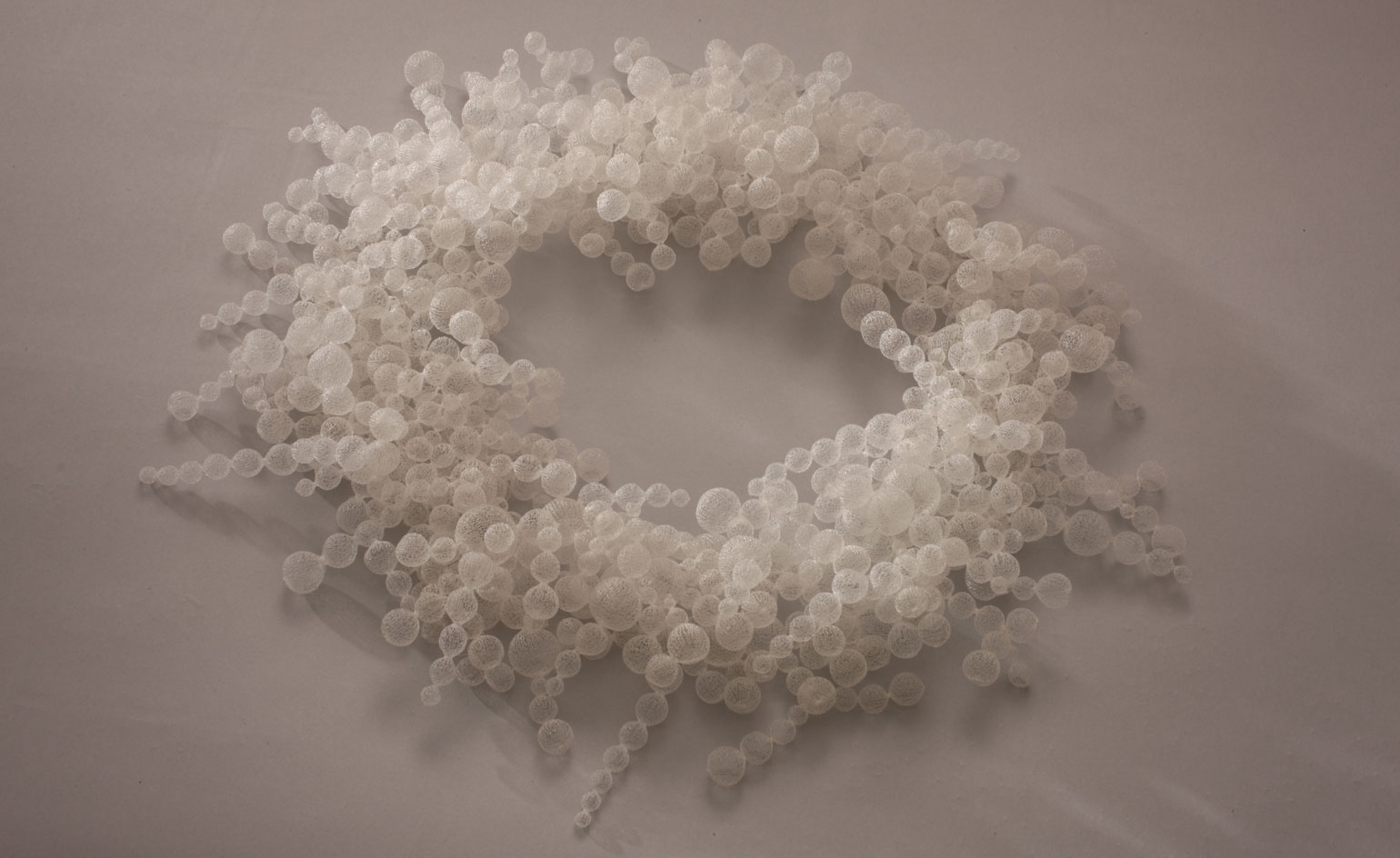
'Bubble Bath' necklace, by Nora Fok, 2001.

A gold headphone jack from 'A Comprehensive Atlas of Gold Fictions' by Aram Mooradian, 2011

'Fragile Future 3' concrete chandelier by Studio Drift, 2011. © Studio Drift; Courtesy of Carpenters Workshop Gallery

A laser-cut, haute couture dress from Iris van Herpen's SS13 'Voltage' show. © M. Zoeter x Iris van Herpen
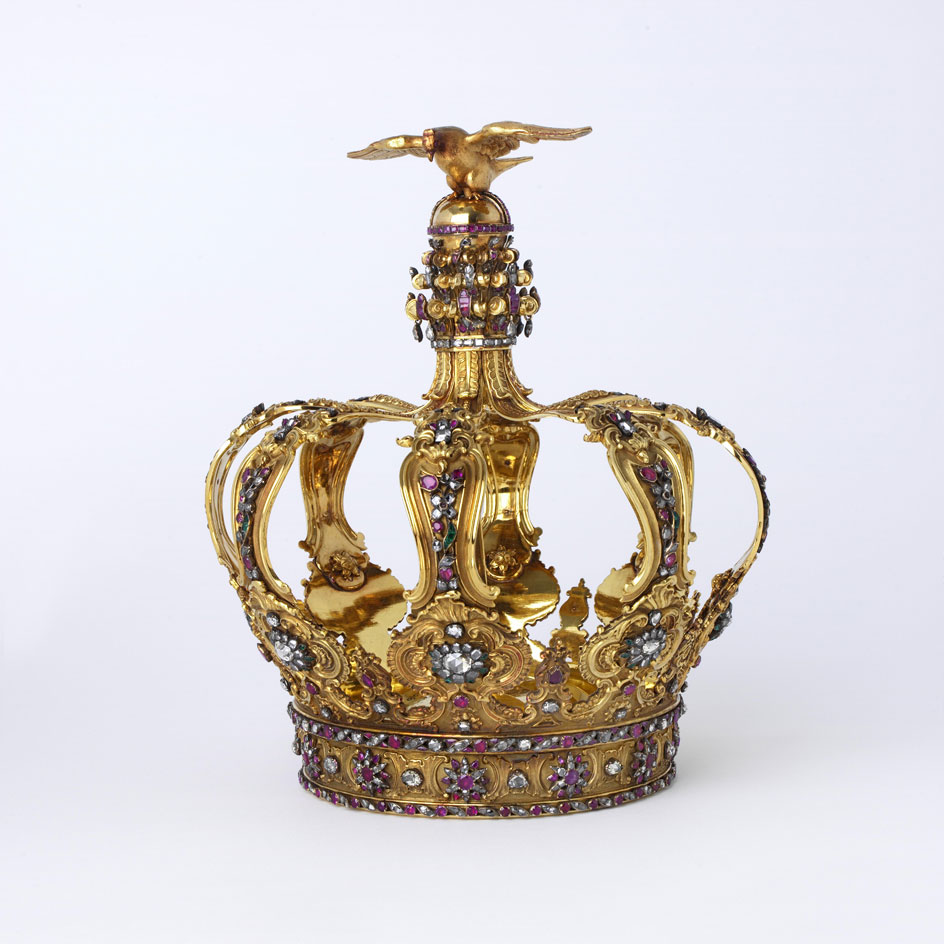
A gold ecclesiastical crown set with diamonds, emeralds and rubies with a rococo scroll, dating from c. 1750. © The Rosalinde and Arthur Gilbert Collection on loan to the Victoria and Albert Museum, London
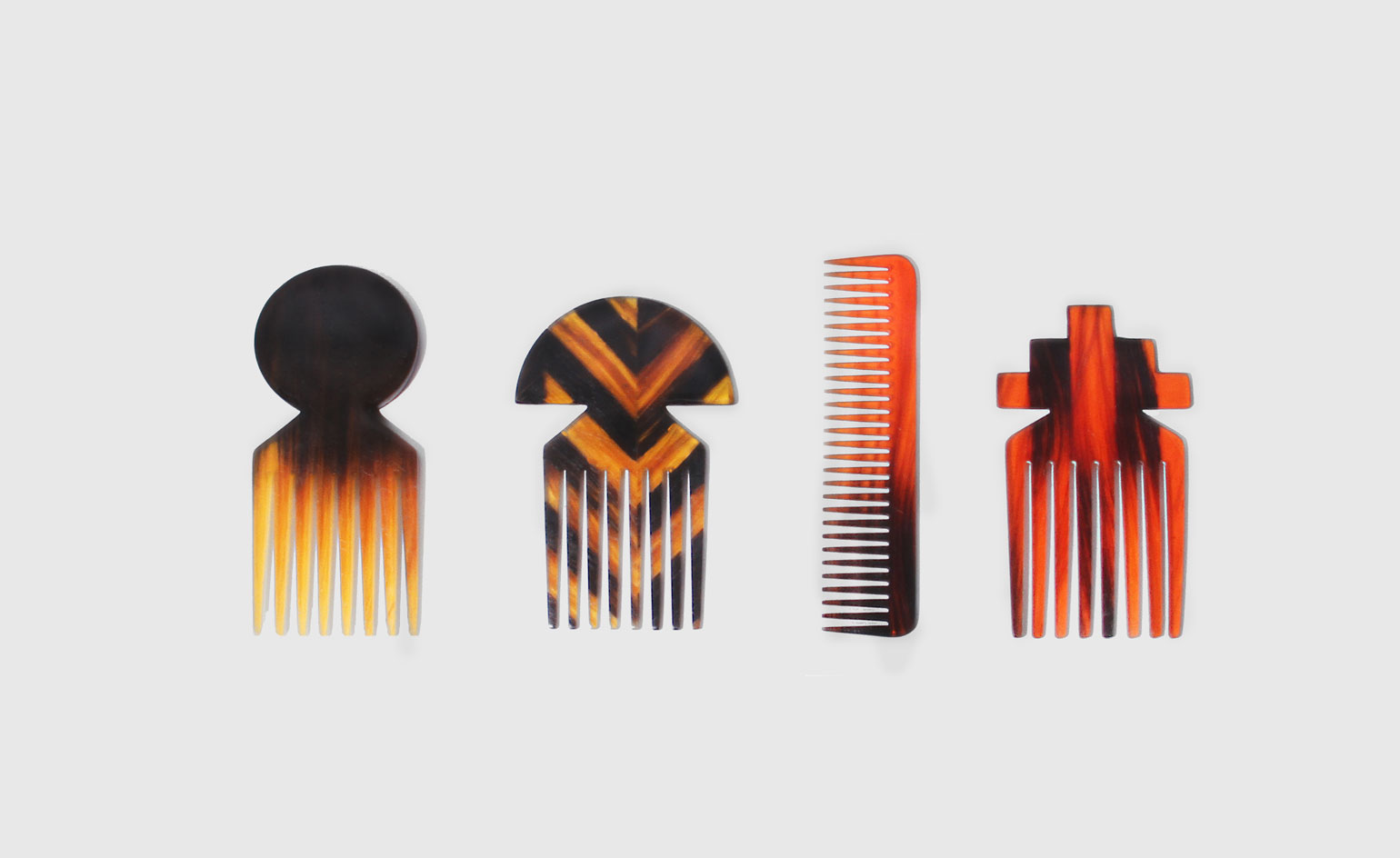
Combs from Studio Swine's 'Hair Highway' project, 2014. © Studio Swine
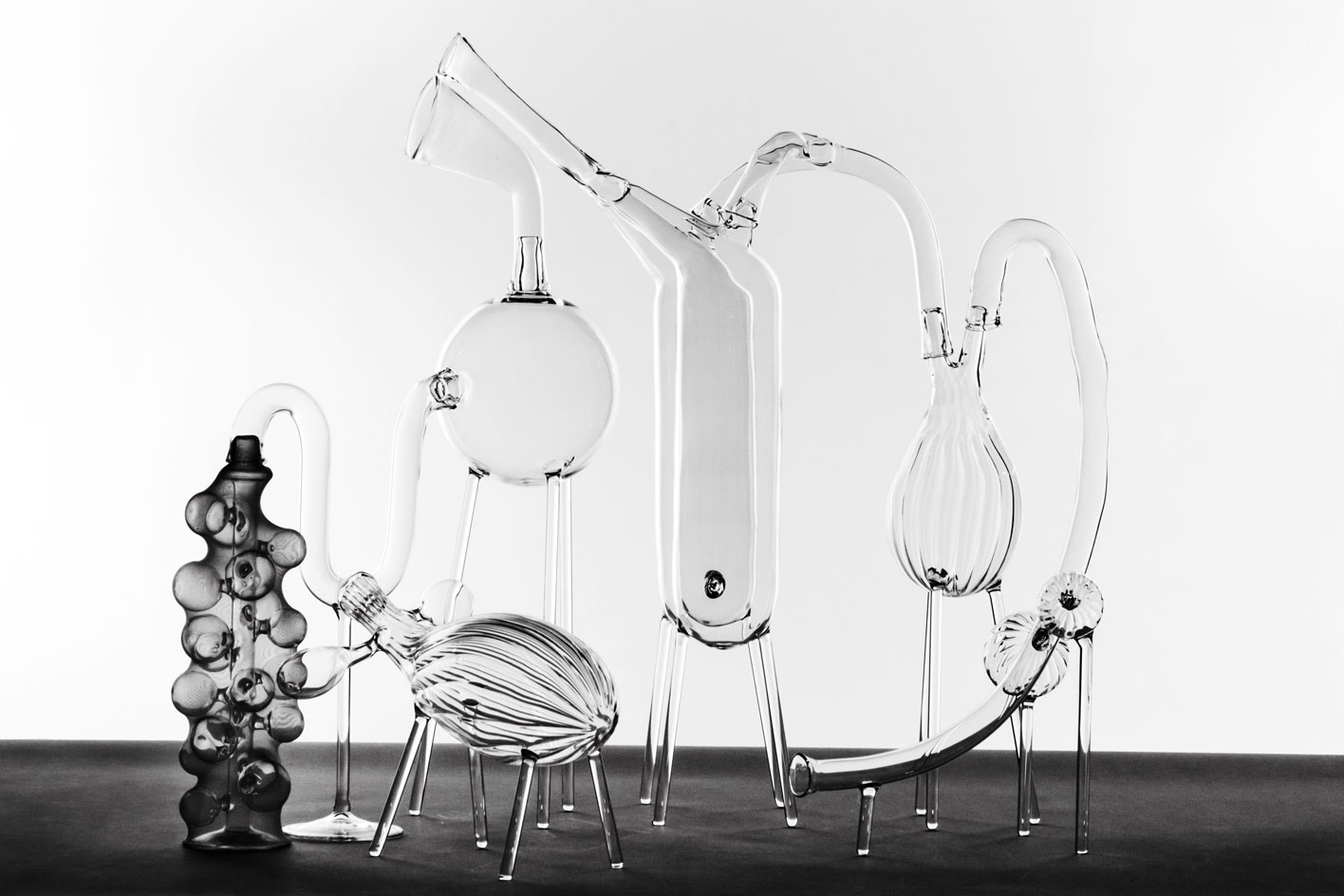
'Body 1, Re-materialisation of Systems' by El Ultimo Grito, 2014. Photography: POI
ADDRESS
The Victoria & Albert Museum
Cromwell Road
London
SW7 2RL
Receive our daily digest of inspiration, escapism and design stories from around the world direct to your inbox.
Henrietta Thompson is a London-based writer, curator, and consultant specialising in design, art and interiors. A longstanding contributor and editor at Wallpaper*, she has spent over 20 years exploring the transformative power of creativity and design on the way we live. She is the author of several books including The Art of Timeless Spaces, and has worked with some of the world’s leading luxury brands, as well as curating major cultural initiatives and design showcases around the world.
-
 ‘I want to bring anxiety to the surface': Shannon Cartier Lucy on her unsettling works
‘I want to bring anxiety to the surface': Shannon Cartier Lucy on her unsettling worksIn an exhibition at Soft Opening, London, Shannon Cartier Lucy revisits childhood memories
-
 What one writer learnt in 2025 through exploring the ‘intimate, familiar’ wardrobes of ten friends
What one writer learnt in 2025 through exploring the ‘intimate, familiar’ wardrobes of ten friendsInspired by artist Sophie Calle, Colleen Kelsey’s ‘Wearing It Out’ sees the writer ask ten friends to tell the stories behind their most precious garments – from a wedding dress ordered on a whim to a pair of Prada Mary Janes
-
 Year in review: 2025’s top ten cars chosen by transport editor Jonathan Bell
Year in review: 2025’s top ten cars chosen by transport editor Jonathan BellWhat were our chosen conveyances in 2025? These ten cars impressed, either through their look and feel, style, sophistication or all-round practicality
-
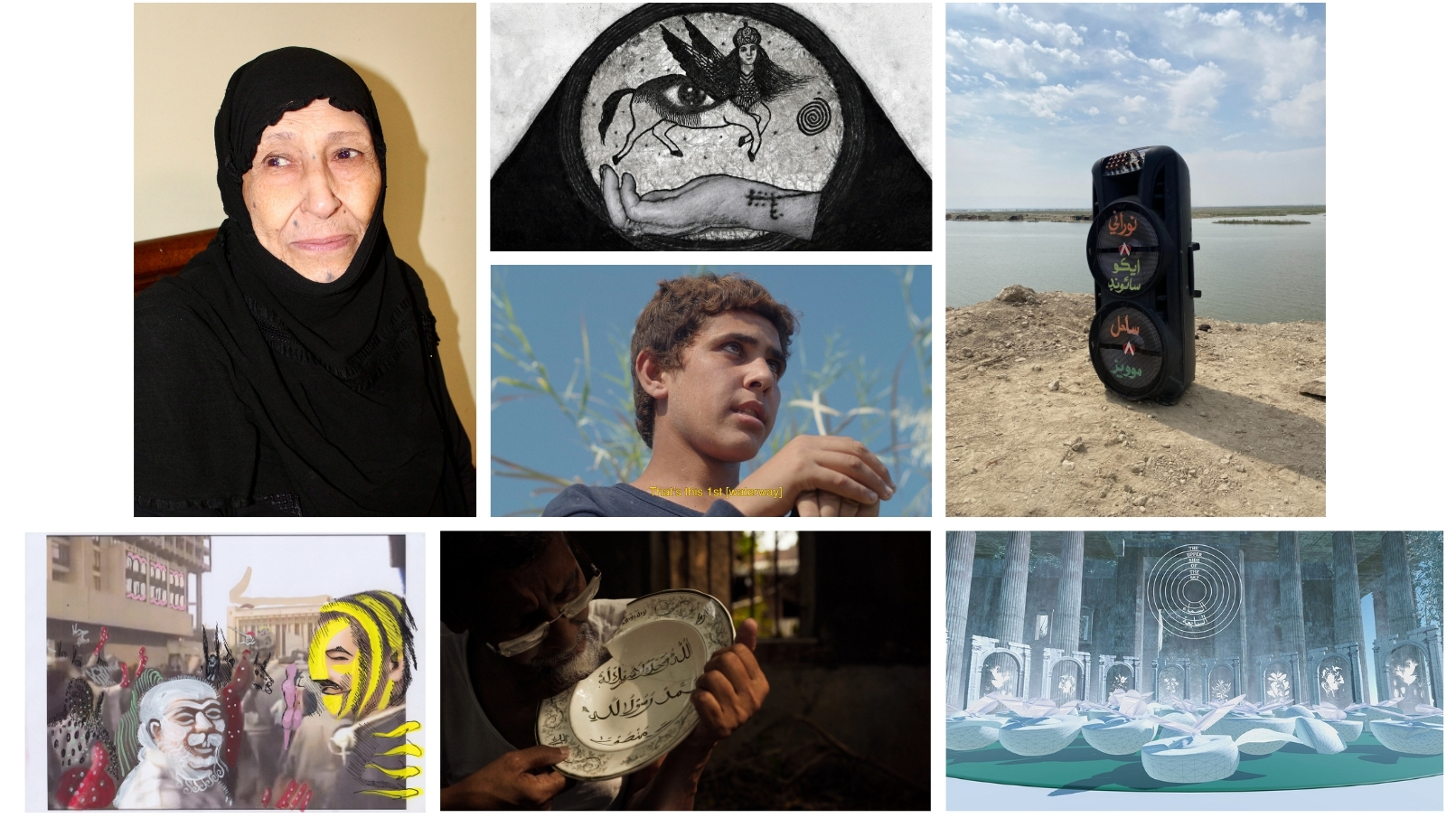 Preview the Jameel Prize exhibition, coming to London's V&A, with a focus on moving image and digital media
Preview the Jameel Prize exhibition, coming to London's V&A, with a focus on moving image and digital mediaThe winner of the V&A and Art Jameel’s seventh international award for contemporary art and design inspired by Islamic tradition will be showcased alongside shortlisted artists
-
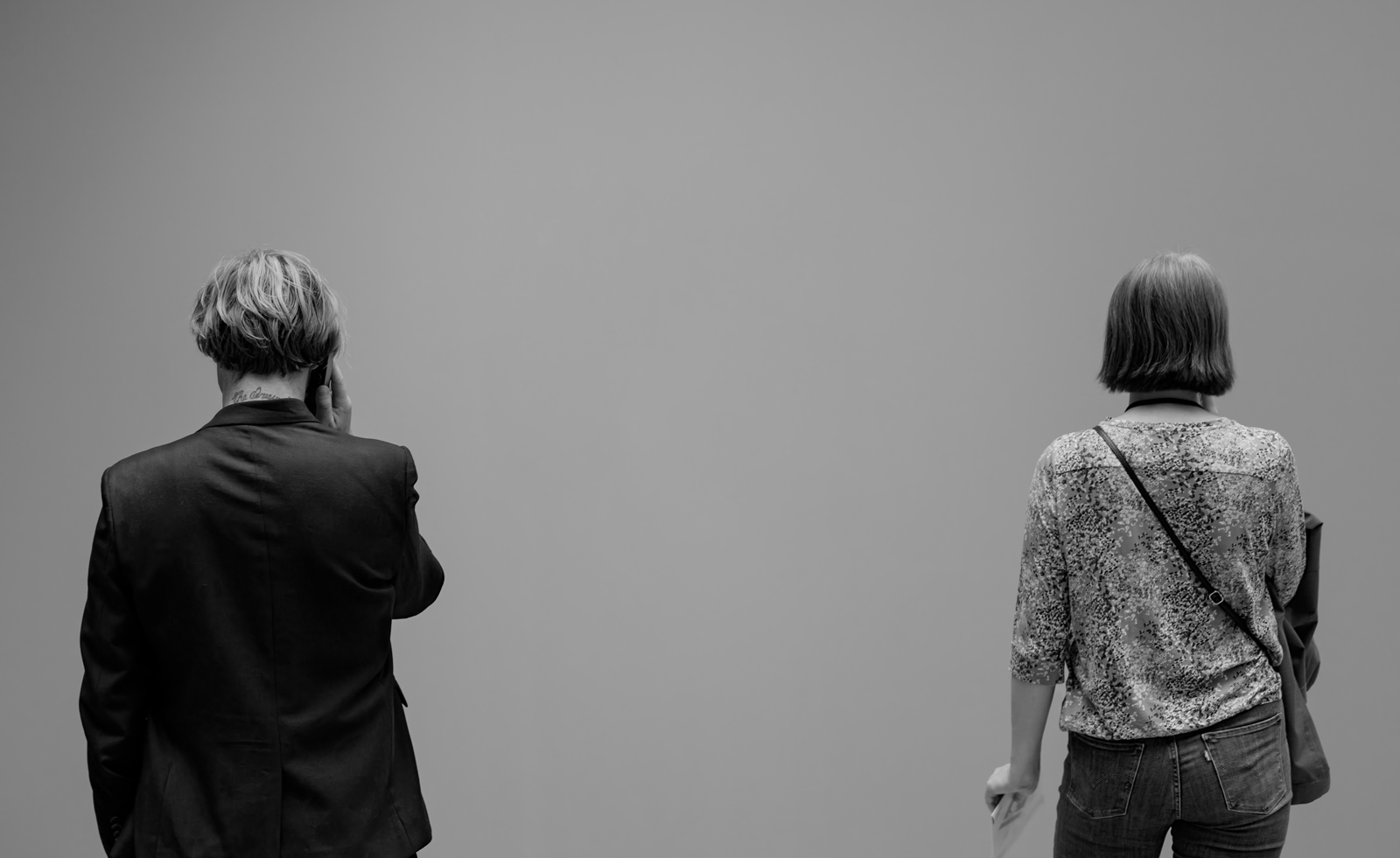 Looking at people looking at art: inside the mind of a gallery attendant
Looking at people looking at art: inside the mind of a gallery attendantVisitor experience workers at London’s Tate Modern, Serpentine, Barbican and V&A share what it’s like to watch people looking at art during a time of changing attention spans and rising vandalism
-
 Drift Museum, a blockbusting experiential space, is set to open in Amsterdam in 2025
Drift Museum, a blockbusting experiential space, is set to open in Amsterdam in 2025Drift Museum is a collaboration between art duo Drift – aka Lonneke Gordijn and Ralph Nauta – and entrepreneur Eduard Zanen
-
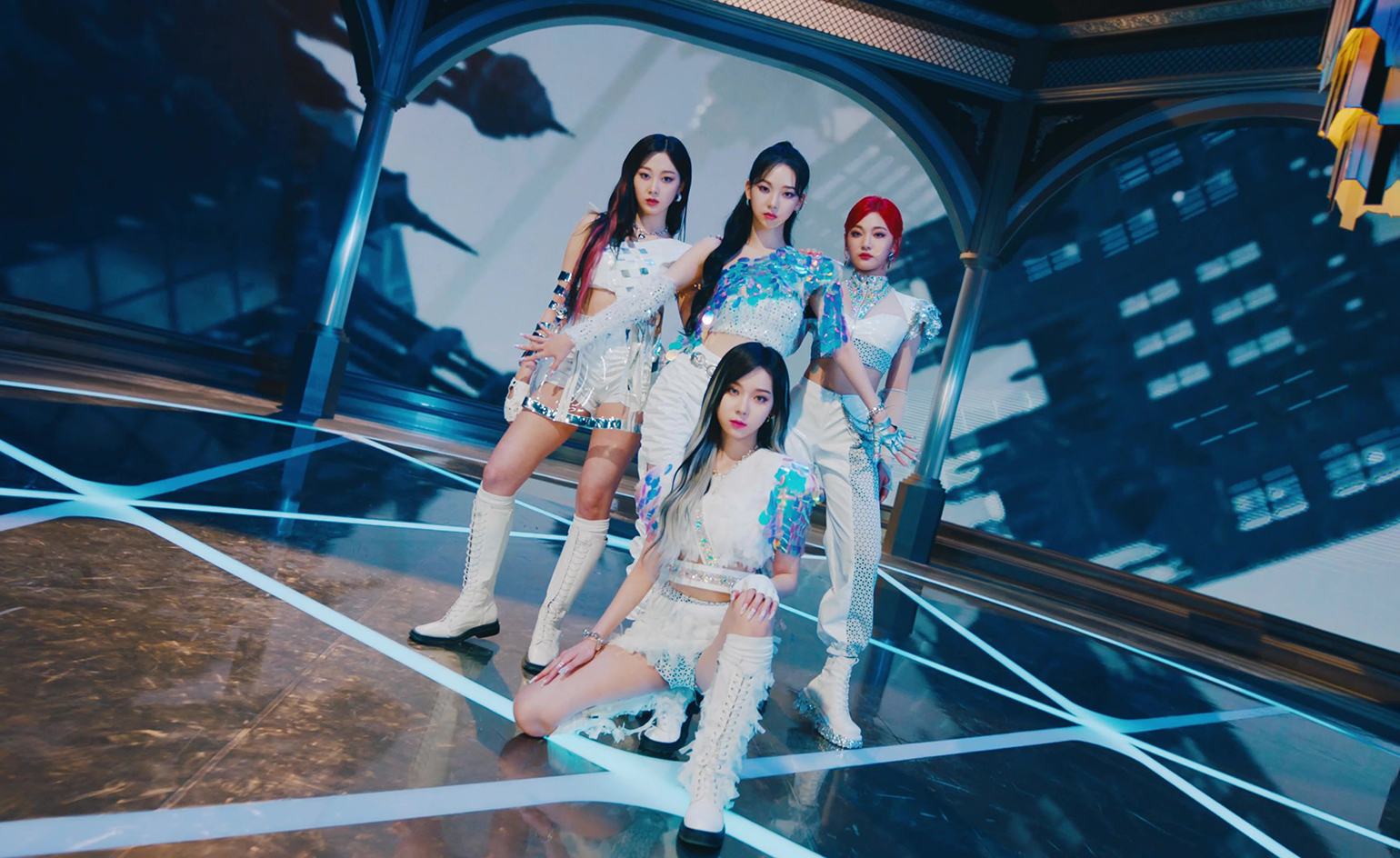 Review: K-style takes centre stage at ‘Hallyu! The Korean Wave’ at the V&A
Review: K-style takes centre stage at ‘Hallyu! The Korean Wave’ at the V&A‘Hallyu! The Korean Wave’ at V&A South Kensington celebrates South Korea’s cultural soft power through K-art, K-pop, K-drama, K-film, K-fashion and K-beauty
-
Tom Hingston on designing for Serpentine Galleries, the V&A, and Wallpaper*
London-based art director and graphic designer Tom Hingston discusses his visual identities for Serpentine Galleries
-
 Theaster Gates: London, urban reform and exemplars of Black excellence
Theaster Gates: London, urban reform and exemplars of Black excellenceThe American artist and urban planner returns to London for a cultural takeover on a grand scale, and – as one of five visionaries invited to nominate creative leaders of the future for ‘5x5’, Wallpaper’s 25th anniversary project – picks five exemplars of Black excellence leading the way for social and creative change
-
 Superblue is the new hub for experimental art
Superblue is the new hub for experimental artArtists Es Devlin, James Turrell, teamLab and DRIFT kick off the inaugural programme at experimental art company Superblue, at its first Miami iteration
-
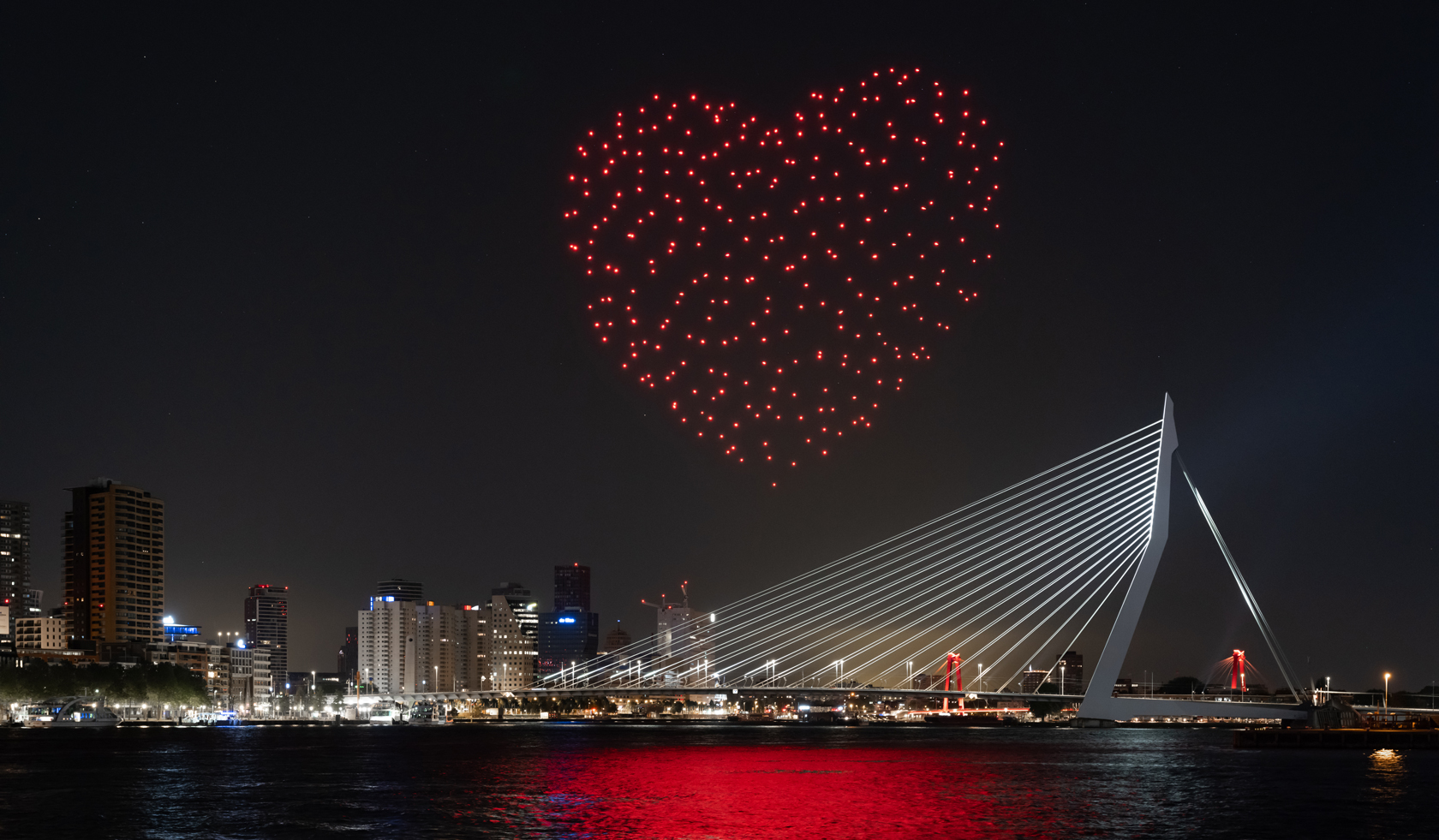 Drift’s poetic drone installation takes flight for Netherlands’ Liberation Day
Drift’s poetic drone installation takes flight for Netherlands’ Liberation DayThe Dutch artist duo staged a special iteration of Franchise Freedom above Rotterdam this week, flying 300 illuminated drones in formation to send a message of hope and encouragement in midst of the Covid-19 pandemic
